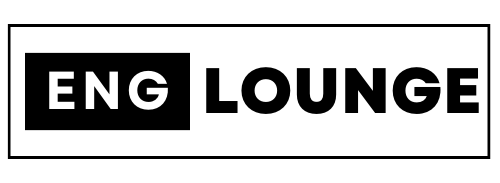Depending on the situation and the artistic interpretation in literature and the visual arts, good and wicked angels might appear in different ways. However, angels are frequently described in literary contexts in idealized and symbolic terms rather than in terms of their physical or observable characteristics, especially in the writings of John Milton.
The good angels in John Milton's epic poem "Paradise Lost" are often portrayed as dazzling and virtue-filled people. They are frequently described as majestic, strong, and illuminated. In the poem, good angels are exemplified by archangels like Michael and Gabriel. Although they don't seem like humans in the traditional sense, they are frequently represented as possessing a feeling of grandeur and morality.
Bad angels, often known as fallen angels or devils, are depicted in a darker and menacing light, though. Satan and his followers are portrayed as being clever and treacherous since they revolted against God and were expelled from Heaven. Their look frequently reflects their fallen nature and is perverted and horrible.
It's vital to remember that "Paradise Lost" uses highly symbolic representations of angels, both good and evil, with the aim of conveying moral and spiritual traits rather than outward appearances. Angels have frequently been shown in many ways in visual arts, such as paintings and sculptures, with some artists adhering to conventional Christian iconography and others adopting artistic license. There is a vast range in these artistic interpretations.
In conclusion, good angels are frequently depicted in literature as dazzling, morally upright entities, whereas bad angels or fallen angels are shown to be evil and depraved. However, rather than reflecting their physical characteristics, their appearances are essentially symbolic and reflect their moral and spiritual values.




0 Comments
If you guys have any doubts or queries please let me know.